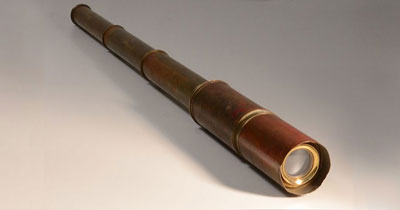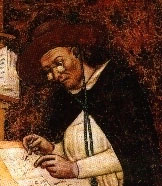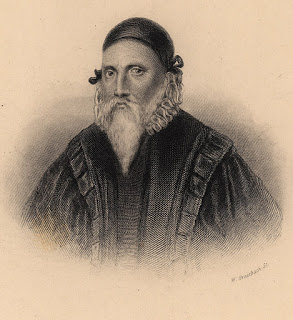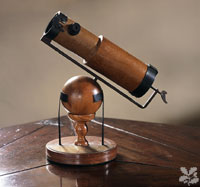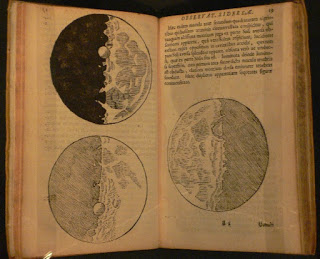Quotes
Firstly, a quote from Dee in his preface to Billingsley's Euclid, 1570 where he proffers advice to military commanders for purposes of obtaining knowledge of enemy forces:
'He may wonderfully helpe him selfe, by Perspective Glasses, in which (I trust) our posterity will prove more skillfull and expert, and to greater purposes, than in these days …'
Next: extracts from a report on military and naval inventions, written by the mathematician William Bourne, for Lord Burghley, 1578:
"The effects of what may bee done with these last two sortes of Glasses: The one concave with a foyle ... and the other grounde and polished smoothe, the thickest in the myddle, and thinnest towards ye edges, or sydes.' ... there ys dyvers in this Lande, that can say and dothe knowe muche more, in these causes then I: and specially Mr Dee, and also Mr Thomas Digges.... Yet I am assured that the Glasse that ys grounde, beeynge of very cleare stuffe ... will shewe the thinge of marvelous largenes, in a manner uncredable to bee believed of the common people.'
Next: Thomas Digges in his revised edition of his father's book Pantometria' Date 1571:
'... my father by his continual pain-full practices [practical experiments], assisted with Demonstrations Mathematicall, was able and sundrie Times hath by proportionall Glasses duly situate in convenient angles, not onely discovered things farre off, read letters, numbered peeces of money with the very coyne and superscription thereof, cast by some of his freends of purpose uppon Downes in open fields, but also at seven miles declared what had been doon at that instant in private places.....'
Next: Thomas Digges in his 1576 addendum to his father's 'Prognostication Everlastinge' suggests that the stars are infinite in number - typical of the conclusions reached through using a telescope to reveal ever-more stars with each increase in magnification. Hitherto, the sphere of the fixed stars was thought to be finite in number - limited to what was visible to the eye.
Finally, it is worth remembering that John Dee's library (one of the most extensive in Europe at the time) held many ancient books and manuscripts. Included, was the work of the 13th Century mystic and scientist Roger Bacon and among which Leonard Digges discovered the following passage on lenses and the ability to use them to:
'.....cause the sun, moon and stars in appearance to descend here below....'
Bacon, Roger 'Opus Majus', ca 1267.
This spurred Digges' research into optics, which was passed on to his son.

Galileo's drawings from his book 'Sidereus Nuncius' showing detail of the Moon.
